
The manual focus cameras: Nikon F3t (behind, left), Nikon F, Nikon F3, Nikkormat FT3 (front, left) and Nikon FM2. |
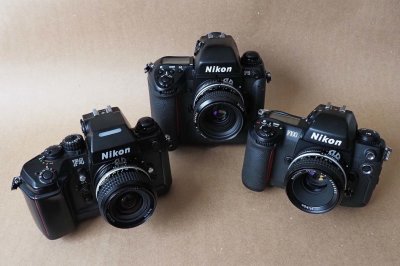
The autofocus bodies: Nikon F4 (left), Nikon F5 and Nikon F100. |
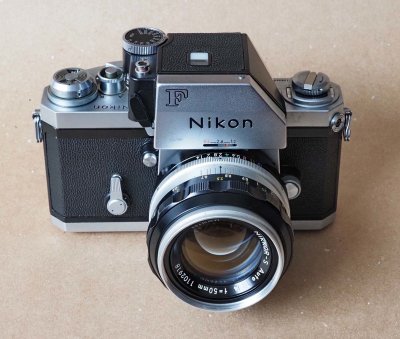
The Nikon F, with the Photomic FTn; one of the best cameras ever: solid, silent, robust and very precise. |
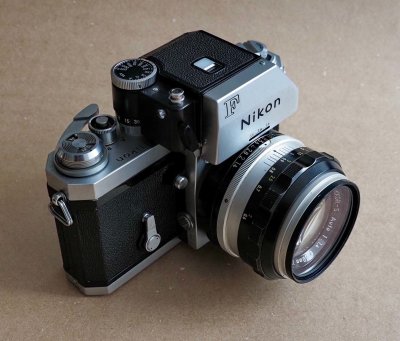
The Nikon F and the Photomic FTn. |

The Nikon F and the plain viewfinder (without photometer). |
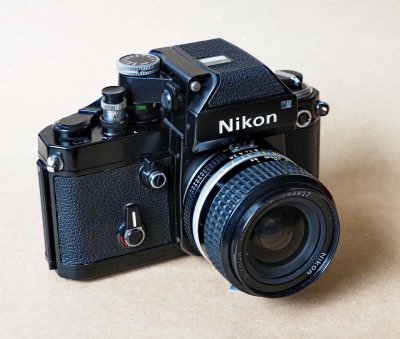
Recently, I found this very classical Nikon F2; it is a 1975 camera (not Ai); in excellent condition. |
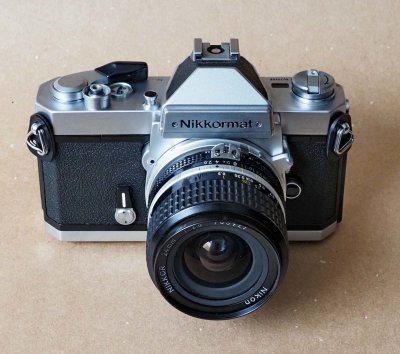
The Nikkormat FT3 (1977), evolution of the original Nikkormat of 1965. |
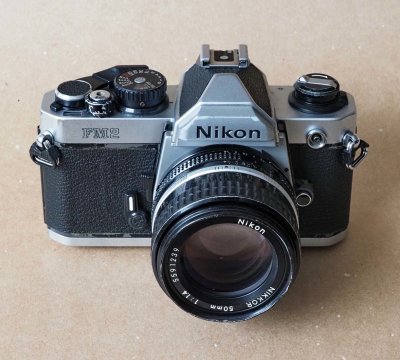
The Nikon FM2 (1982); the shutter can reach 1/8000 s, high peformance for the time. |
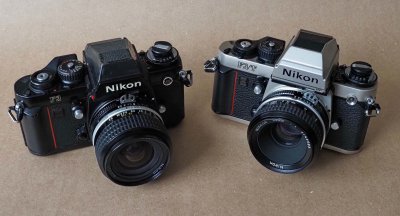
The two Nikon F3; the original F3 (gift from my friend Caio Cunha) and the Nikon F3t (right). |
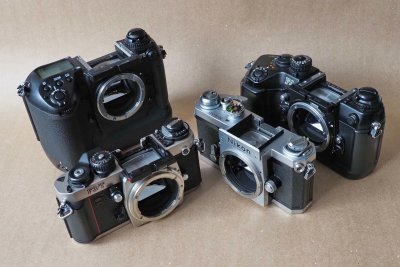
The professional line had interchangeable prisms; a sophisticate and expensive construction. |

The professional Nikon F4 (gift from my friend Arnulf Kost), from 1988. |
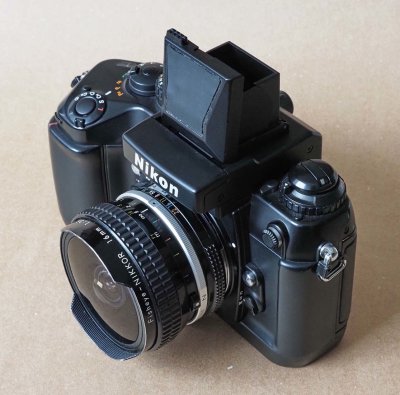
The Nikon F4 with the waist level prism. |
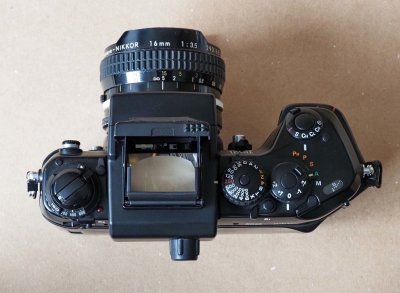
The Nikon F4 with the waist level prism, viewed from above. |
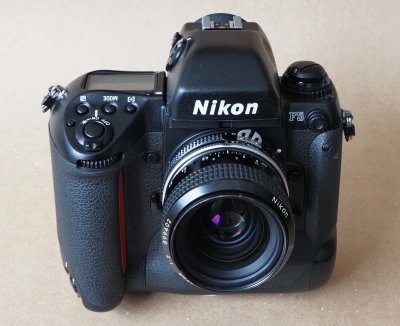
The mighty Nikon F5; considered, by many, as the most advanced professional film camera ever. |

The Nikon F100; an advanced camera, very pleasant to use. |
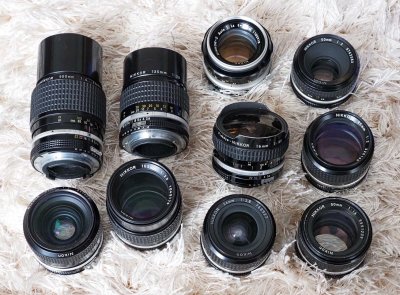
My Nikkor lenses; the 16/3.5 (fish-eye), 24/2.8, 35/2., 50/2, 50/1.4, 85/2, 105/2.5, 135/2.8, 200/4. |
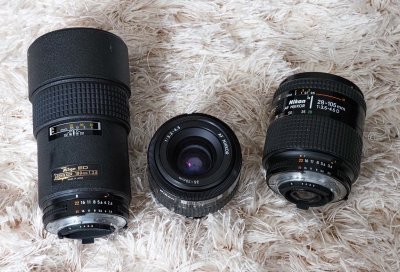
The AF Nikkor lenses: the 180/2.8, 35-70/3.5-4.5 and the 28-105/3.5-4.5 |











